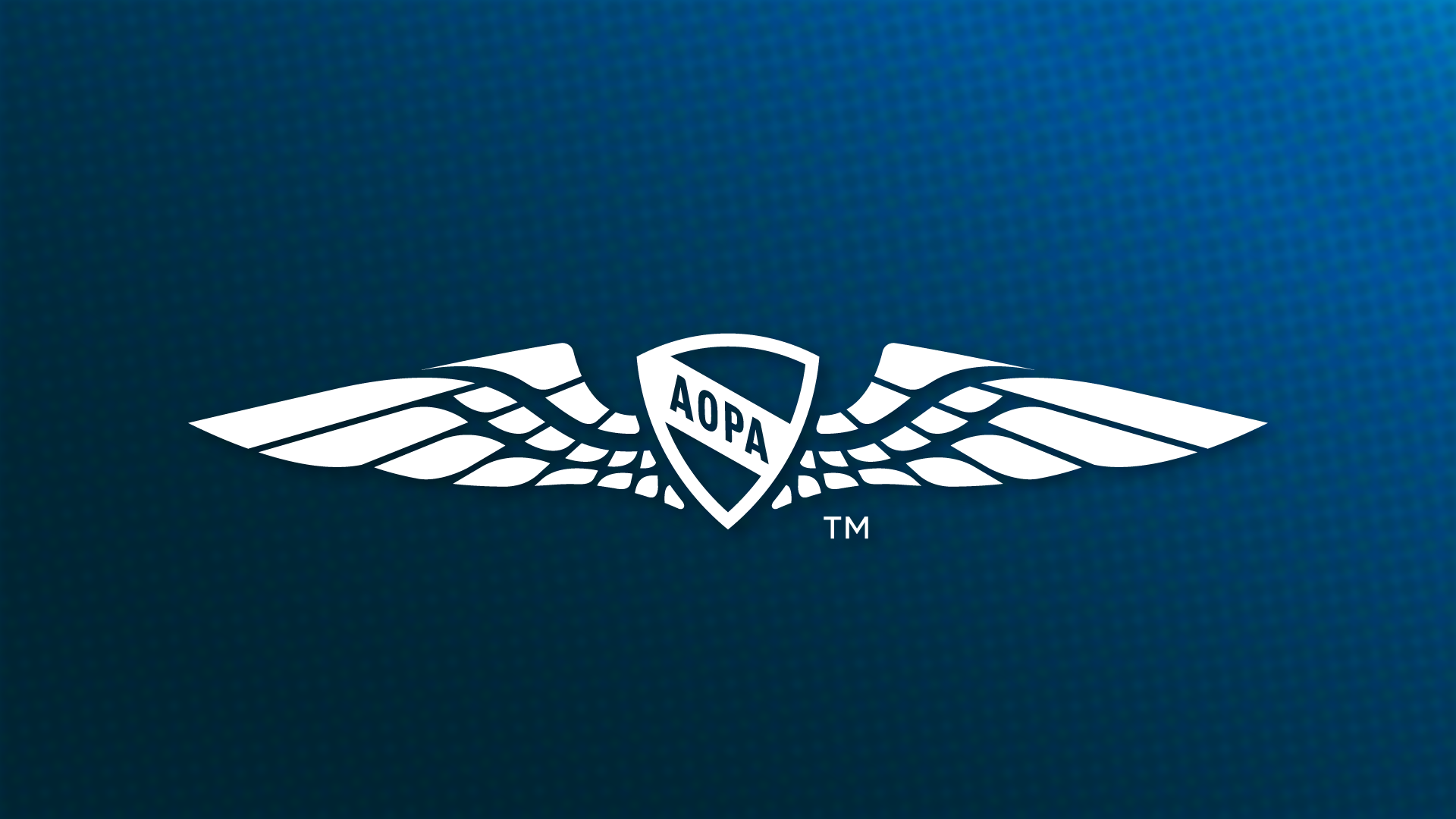Somewhere out over the North Atlantic, my sister turned to me and asked, "Why aren't we flying directly across the ocean to Europe?"
A good question, one that doubtless was being pondered by many in the cavernous Air France Boeing 747 cabin. The question was prompted by what was being shown on the video monitors hung from the headliner throughout the airplane. Along with showing an international news briefing, ads for pricey duty-free gifts, and a chatty French movie, Air France kept passengers sedated by posting a how-goes-the-flight update on the video screens.
First it flashed a listing of the airplane's altitude, speed, and distance and time to destination. This was presented in French, with metric numerical values. (From now on I'm going to use kilometers when talking airspeed; 205 km true airspeed in my Skyhawk sounds a lot faster than 110 kts.) The same information was then given in English words and numbers. Next came a series of maps, in successively smaller scale, showing our position relative to major land masses and the water. The ground track we had flown to that point in the trip was depicted as a dotted line.
My guess is that the program used a GPS receiver to calculate position and figure speeds and times. One clue pointing to GPS is that the airplane symbol crawling across the map reacted almost immediately to turns. The program even had an international database of airports; whenever we were over land, the name of a nearby airport would appear on the screen next to an airport symbol.
Even though I was riding in a filledto-capacity French- speaking Seven-Four, I was in familiar territory: GPS position information, great circle navigation, and nearest airport feature, just as in my 172. But unlike my airplane, the Boeing boasted a moving map. Ironically, the moving map served to confuse passengers about our route and position, rather than clarify it for them.
As the trip unfolded, the moving map showed us departing the Washington, D.C., area on a northeasterly course over New York and Boston, then across Nova Scotia and Newfoundland, and finally arcing out over the North Atlantic. About halfway through the flight the little airplane symbol reached its zenith on the semicircular course and began to dip south, eventually grazing the southern tip of Great Britain before spanning the English Channel and crossing into France toward our destination: Charles de Gaulle Aeroport northeast of Paris.
The longer we flew, the more the dotted ground track looked like an arc. That's when my sister wondered aloud about our pilot's approach to transatlantic navigation. Paris is almost exactly 10 degrees latitude north of Washington, D.C., and some 3,500 nm east. After taking off from Dulles International Airport, why not point the nose a little east-northeast directly toward the Eiffel Tower?
That's exactly what the pilot did, of course. It may not have appeared so on the moving map, but we flew a more or less direct great circle route to France. Any deviations would be due to winds and to air traffic control routing designed to ensure traffic separation in the nonradar skies over the North Atlantic.
The problem comes in trying to depict a three-dimensional great circle route on a two-dimensional map. A great circle is the shortest distance between two points on the earth. It is defined as the line traced on the surface of a sphere by a plane cutting through the center point of the sphere. Meridians of longitude are the north- south lines on the earth's surface, formed by great circles that pass through the North and South poles and the center of the earth. The only parallel of latitude that is a great circle is the equator; the rest are smaller circles because they do not pass through the center of the earth.
If we had had a globe with us in the cabin, we could have stretched a string between Washington and Paris and seen that our route actually was great circle direct. If we then recorded lat/long coordinates of the great circle route and plotted those on a flat, two-dimensional map — which is just what the howgozit program was doing — our track would look like an arc. The only great circle routes that would appear as straight-line direct on a two- dimensional Mercator projection map (one of the most common methods of depicting the spherical earth on a flat map; as with all map projection designs, some distortion is inevitable) would be aligned exactly with the equator — Nanyuki, Kenya, to Pontianak, Borneo, for example — or exactly north or south; say, Greenwich, England (you'd have to catch the plane at Heathrow, a bit west of that famous little town through which passes the prime meridian, 0 degrees longitude), to Tarbes, France (the home of Socata, maker of Tampicos, Tobagos, and Trinidads).
The trip back to the States was much like the trip over — another clever French film and moving map to wile away the time — except that we flew on an Airbus. And wouldn't you know it, the Airbus pilot couldn't fly in a straight line either.


